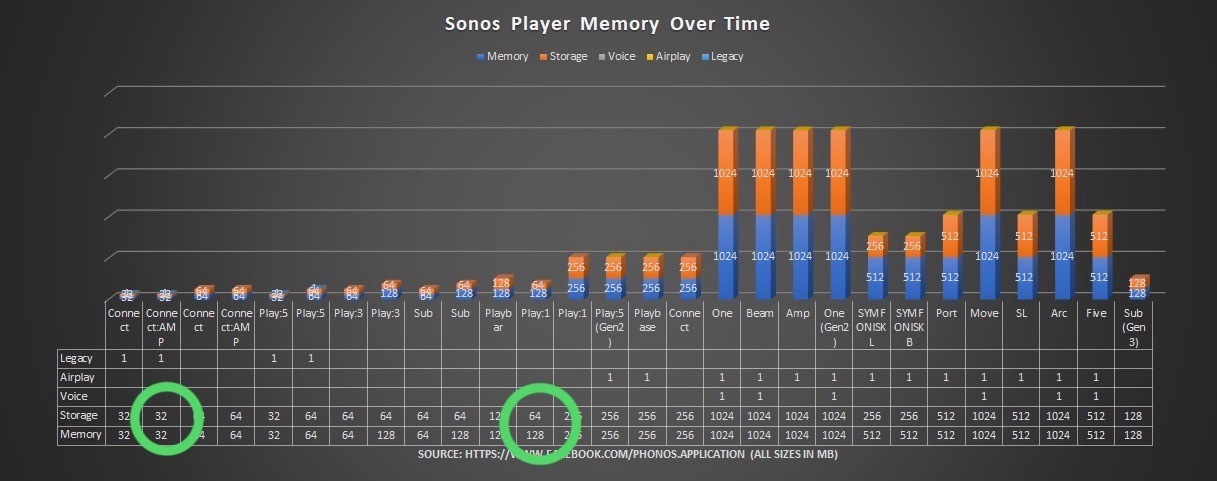I have been a Sonos owner for 10 years now. In that time I have accumulated quite a bit of gear which I actually enjoy and, in the past, have recommended to others. But over time it has become quite apparent that we have different goals. First the S1/S2 debacle which was no more than an attempt to push voice assistants everywhere and kill the analog hole. (Funny how my original Play:1 still works on S2 but the connect:amp won’t and the voice apps are still crap) Now I have just discovered that last spring they killed off playing personal music from android devices. How I discovered this is that my family, like many, have accumulated a large collection of holiday music over the years. Many of the albums are not mainstream and some have been in the family for generations. Long ago they were ripped from vinyl to digital and now reside on an android tablet. A device that a year ago worked fine but not now. No holiday gathering listening to unique music handed down from grandparents, but feel free to stream generic commercial offerings that have commercials.
Does Sonos realize that they have devolved existing systems from the equivalent of a high end stereo system to being just a nice table top radio?



